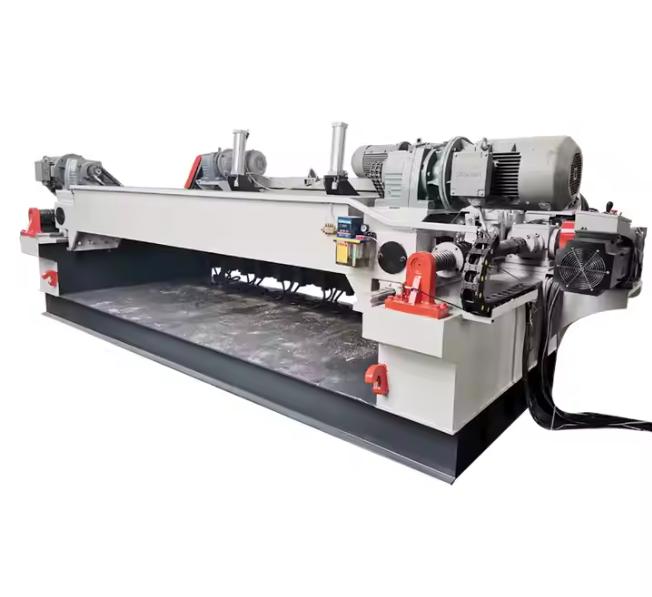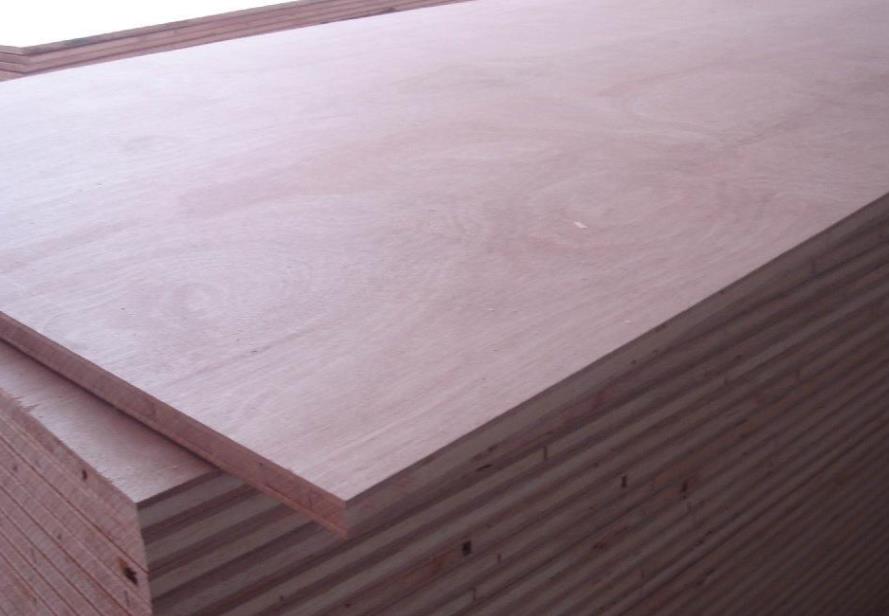The speed at which veneer dries depends on the drying conditions (like air temperature, humidity, and airflow) and the natural properties of the veneer itself. Here’s a simplified breakdown:
How Drying Conditions Affect Speed
-
Hot Air Temperature
-
Higher temperatures speed up drying because they make water evaporate faster. However, this depends on how much moisture is in the wood:
-
Free Water: Evaporates quickly with little resistance.
-
Bound Water: Evaporation slows down as it’s harder to release.
-
Low Moisture Content: Water movement slows down, making it harder for the wood to release water.
-
Too high temperatures later on can cause damage like cracking or warping, so temperature should be adjusted as the drying process progresses.
-
Hot Air Humidity
-
Ideal humidity is between 10-20%. If the air is too humid (over 20%), it makes drying slower because the air can’t absorb as much moisture. If the air is too dry (under 10%), you’ll lose heat and increase energy costs.
-
Humidity’s effect on drying:
-
When moisture content is high, humidity has a big effect on drying speed.
-
As the moisture content drops, the effect of humidity becomes smaller.
-
At high temperatures, humidity has less effect on drying speed.
-
At lower temperatures, humidity has a bigger impact.
-
Airflow Speed
-
Faster airflow helps the moisture evaporate quicker by carrying the water vapor away from the surface of the veneer.
-
The effect of airflow is stronger when the veneer has more moisture.
-
Slower airflow results in slower drying.
 What is the Veneer Drying Equip
What is the Veneer Drying Equip
 How to maintain the wood veneer
How to maintain the wood veneer
 How to evaluate the production
How to evaluate the production
 Working Principle of Wood Spind
Working Principle of Wood Spind
 What is the yield rate of eucal
What is the yield rate of eucal
 New glue technologies for plywo
New glue technologies for plywo